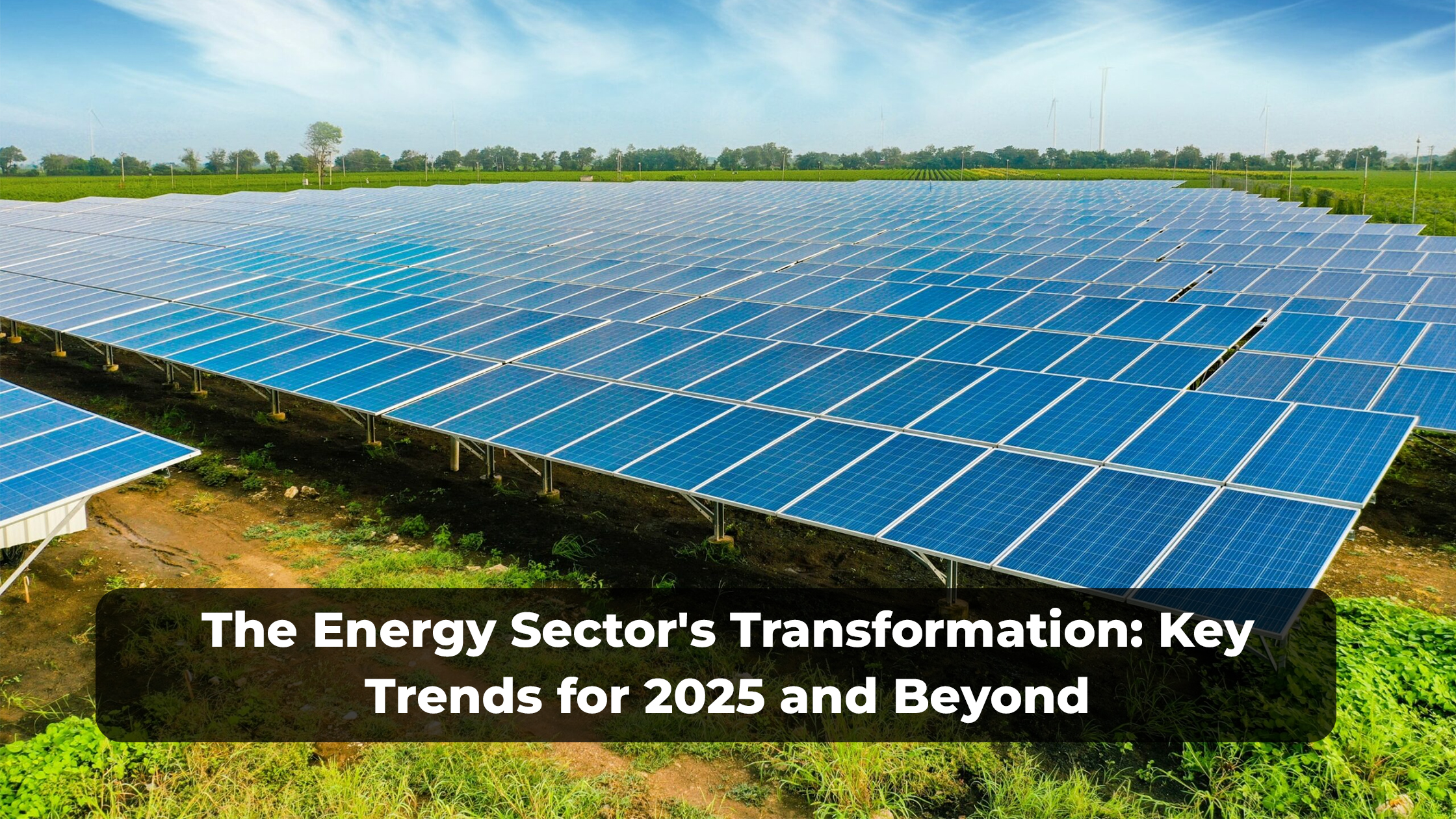The Energy Sector’s Transformation: Key Trends for 2025 and Beyond
The energy sector is undergoing rapid transformation as companies proactively alter their operations to thrive in today’s evolving landscape. Fluctuating oil and gas prices, a growing preferences for renewable energy, and a surge in investments in clean energy are reshaping the energy industry landscape. The global shifts in the last few years have also highlighted how important it is for energy companies to focus on resiliency. Read More

